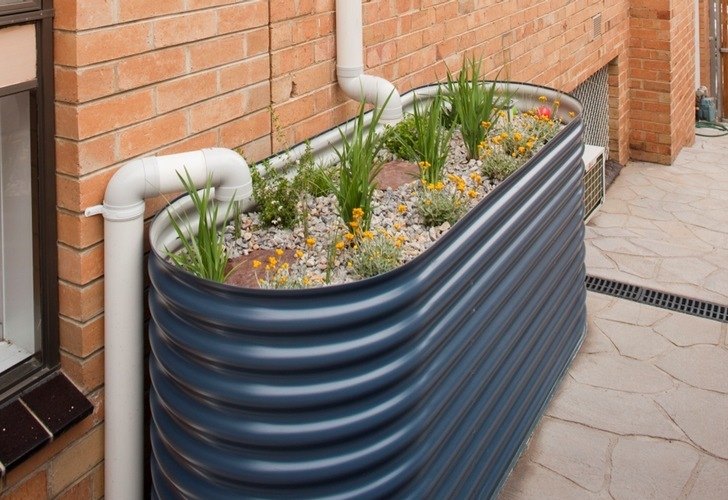City of Moonee Valley local planning scheme
Expansion of stormwater quality requirements
Contact
Insight:
Project description
The policy applies to all land in the municipality, where an application is made for new buildings, extensions to existing buildings which are 50m2 in floor area or greater, and subdivisions in commercial zones. The amendment commenced exhibition on 8 November 2012, and was approved and published (with changes) in the State Government Gazette on 13 March 2014.

The drivers
The key driver of amendment C108 in the Moonee Valley Planning Scheme was to mitigate the detrimental effect of development on downstream water bodies, including creeks, rivers and bays, by improving the quality of stormwater runoff prior to discharge.
The innovations
- Melbourne City Council
- Port Phillip City Council
- Yarra City Council
- Stonnington City Council.
Permeable paving for stormwater management

The lessons
The Hearing Panel considered the amendment represented a proactive response by council to address an issue that had been earmarked in strategic policies since the 1990s, and to meet council’s obligations under the State Environment Protection Policy (SEPP).
Transferability
Project stats
Location
Melbourne, VIC, Australia
Participants
Additional information
Contact
The outcomes
 Cities providing ecosystem services
Cities providing ecosystem services

- Nuisance flooding: Slows down or removes water discharge at local drainage.
- Waterway health: Improves the quality of stormwater runoff discharged to local waterways.
- Integrated landscapes: Reintegrates urban water into the landscape to facilitate a range of benefits including microclimate cooling and local habitat.
 Cities as water supply catchments
Cities as water supply catchments

- Alternative water supplies: Promote stormwater reuse.
 Cities comprising water sensitive communities
Cities comprising water sensitive communities

- Education: Improves water literacy across communities (via supporting material for policy).
- Clear governance: Provides clarity and certainty to the community, through formalising the expectations that are required of planning applicants.
- Policy compliance: Achieves State Environment Protection Policy (SEPP) compliance (uptake of the policy is required to achieve SEPP).
Business Case
| Costs | Benefits |
Estimated cost of installing water sensitive urban design (WSUD) measures in typical developments in the area to meet best practice objectives was approximately:
|
|
Interested in this solution?
We partner with small and large companies, government and industry in Australia and around the world.
Comments